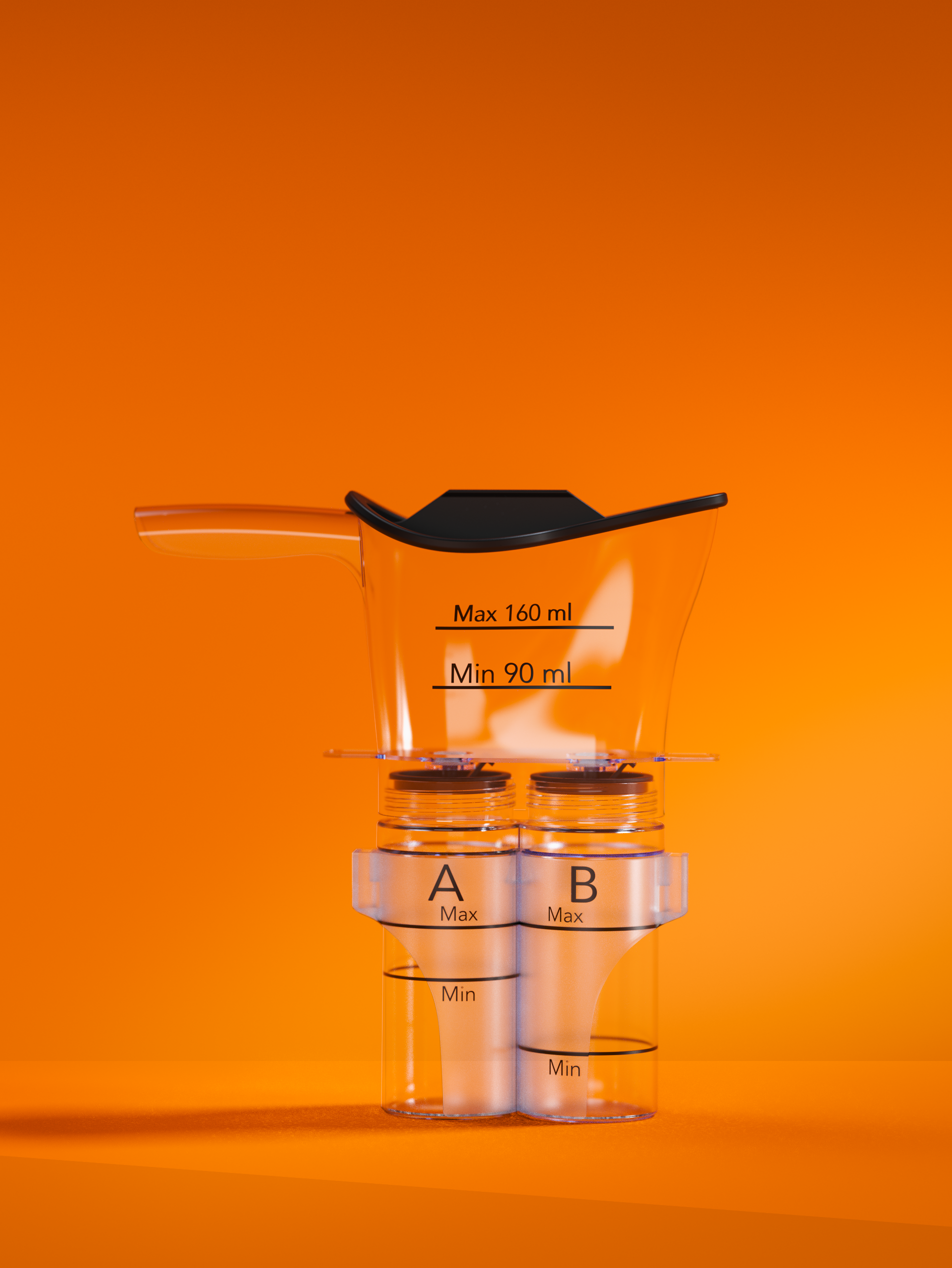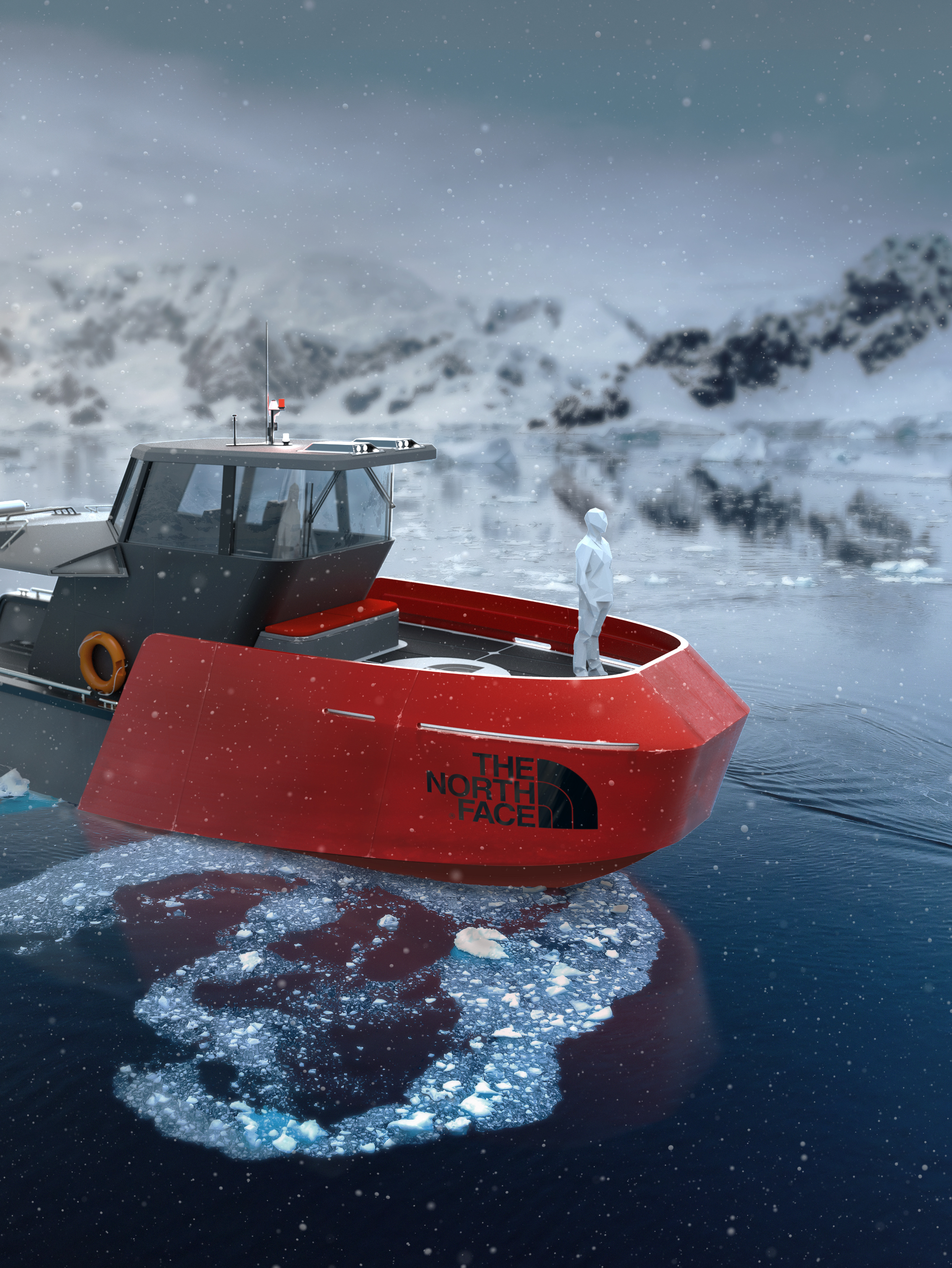Design a Makita product for an area outside of their current range
The brief for this project was to design a Makita product for an area outside of their current range. I looked at a variety of options before deciding to develop a drill for astronauts to use to take core samples.
This was an individual project completed in my third year at university over a 12-week time span.
(The above Image is a photo of the 1:1 scale model photoshopped into
a Lunar environment).
a Lunar environment).
01
Why should Makita care
about space?
about space?
One word: Marketing!
It is estimated that 500 million people watched the Apollo 11 moon landing. The new Artemis 3 manned moon mission is scheduled for 2025; this presents Makita with an unprecedented marketing opportunity: Billions of people tuning in to watch astronauts use Makita tools on the most advanced mission ever undertaken by Humanity.
Billions of people Watching astronauts use Makita tools on the most advanced space mission ever
02
Research
Due to the nature of the project, it was challenging for me to conduct any primary research, subsequently, I relied heavily on secondary research based on info from the Apollo program to gain the insights I needed for this project to work. Fortunately, NASA keeps extensive publicly accessible records.
(Left shows Lunar Surface Drill used during the Apollo program).
Research
I began this project by doing general research into working in space and on the moon to identify opportunities to for a power tool that would be useful for the Artemis program.
During space travel, extravehicular (EVA) time in space is at a premium, meaning that tools or processes that can speed up or reduce the number of tasks require are useful.
One of the key outlined tasks for the Artemis program is drilling core samples from the Lunar regolith. This happens to be one of the least efficient tasks undertaken during the Apollo program, presenting an opportunity to design an updated, more time-efficient core sampling drill for the Artemis program.
(Right shows a short summary of my initial research).
Data gathered from Apollo mission transcripts and recordings was used to develop an in-depth Journey map visualising the experience of using the Apollo Lunar Surface Drill
Research overview and journey map on experience of using of Apollo coring drill
"all the manipulation just wore out the forearm muscles. you went slower and slower, and then you got to the point where you started dropping things"
- Astronaut Jack Schmitt (talking about working during lunar EVA)
Case studies on existing space tools, gathering an understanding of how current tools are designed to be suitable for use in space.
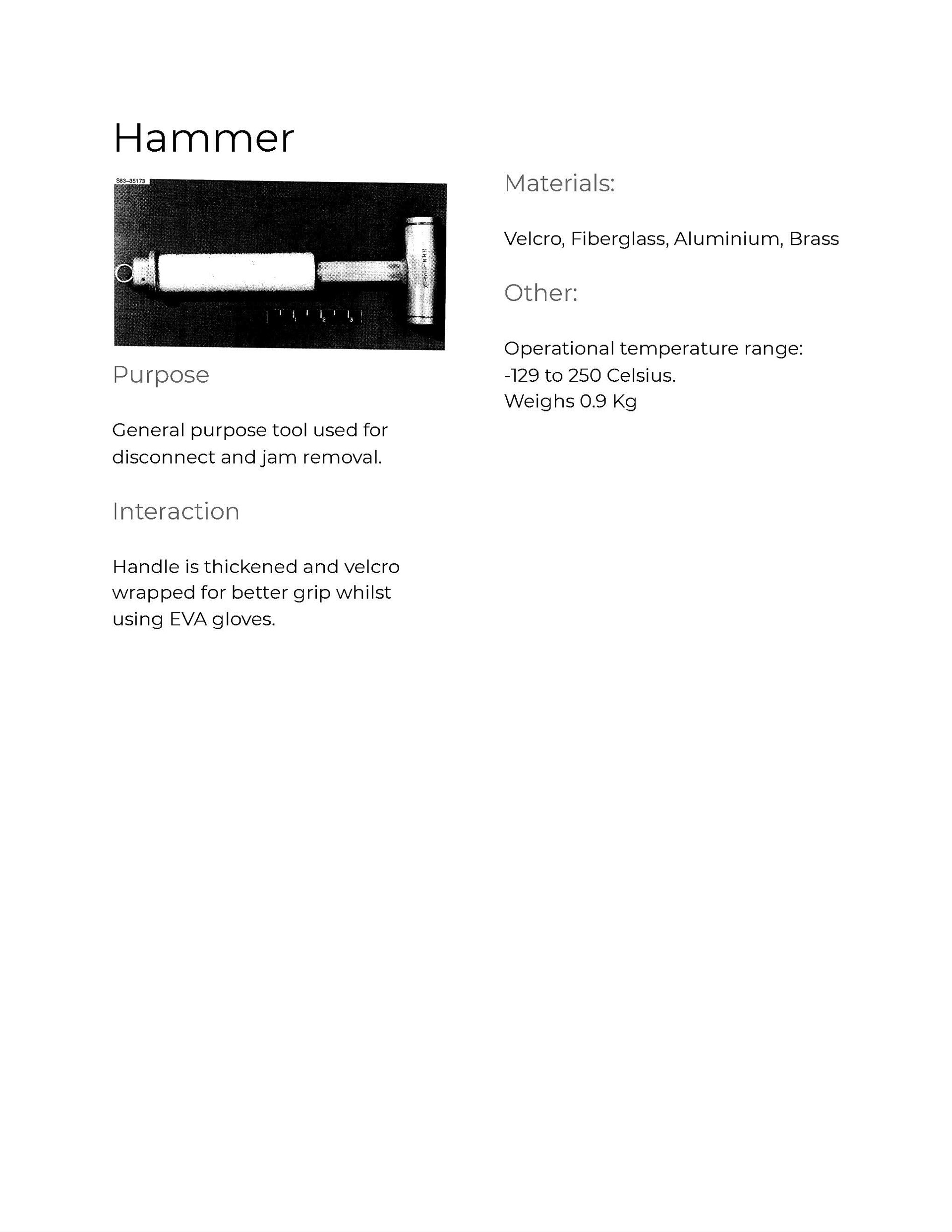
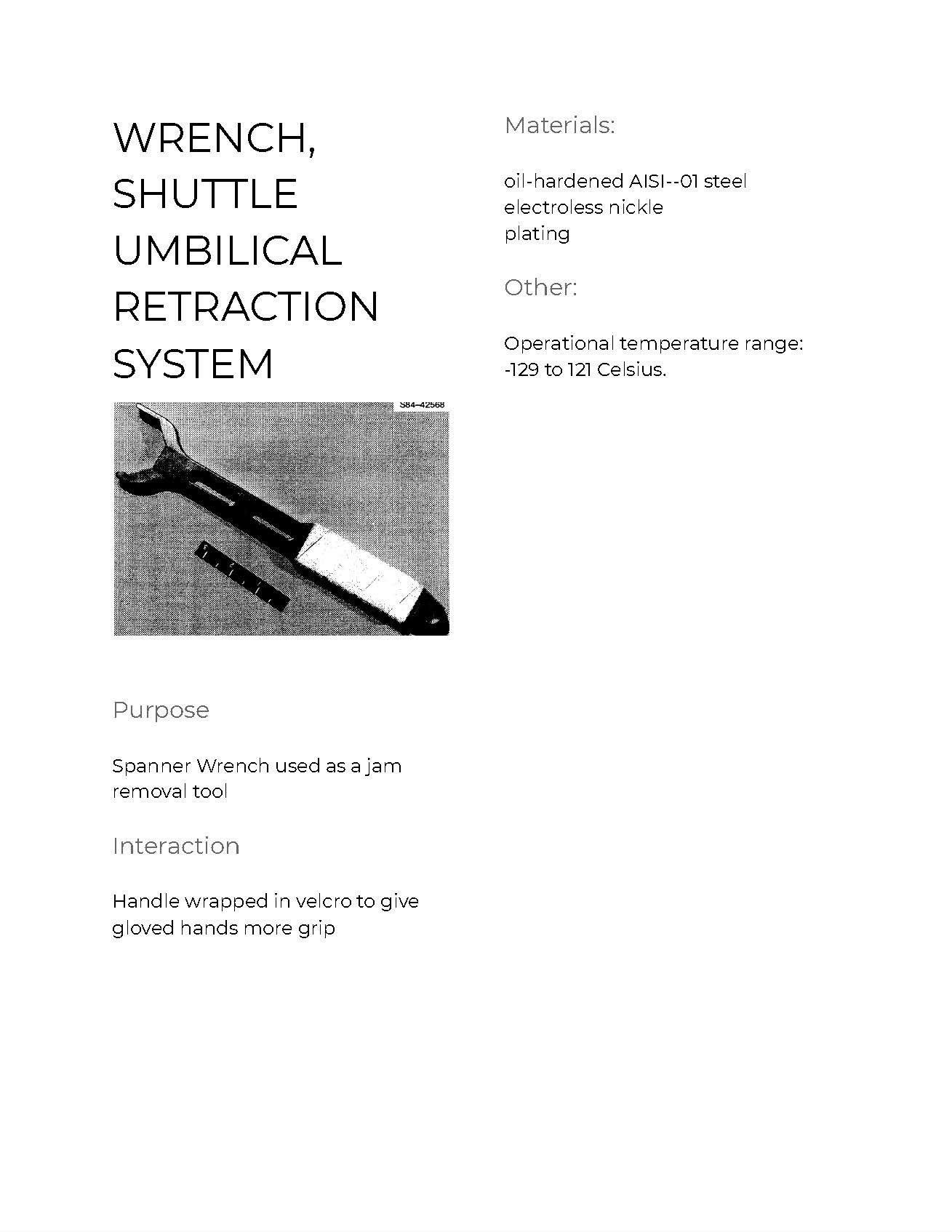
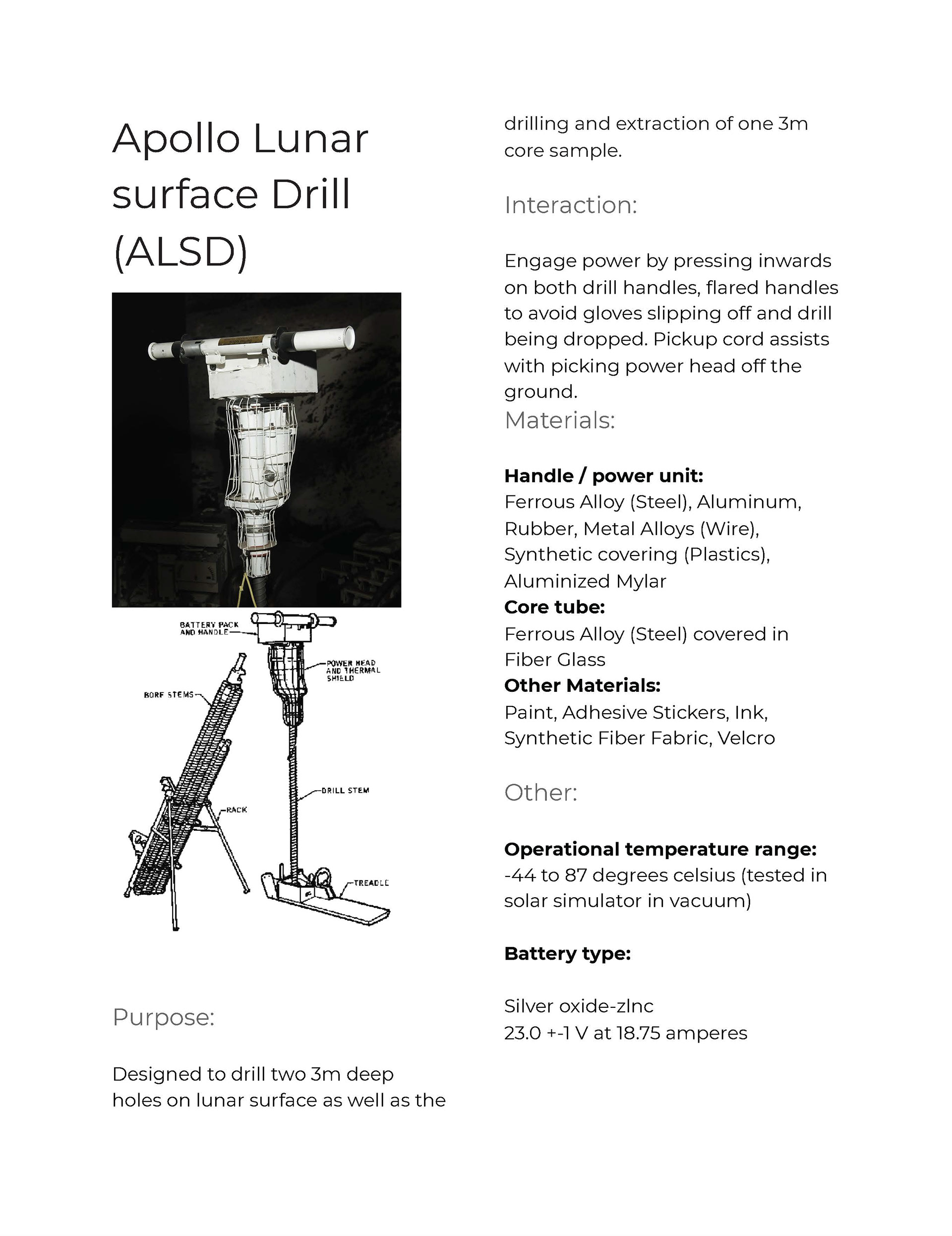
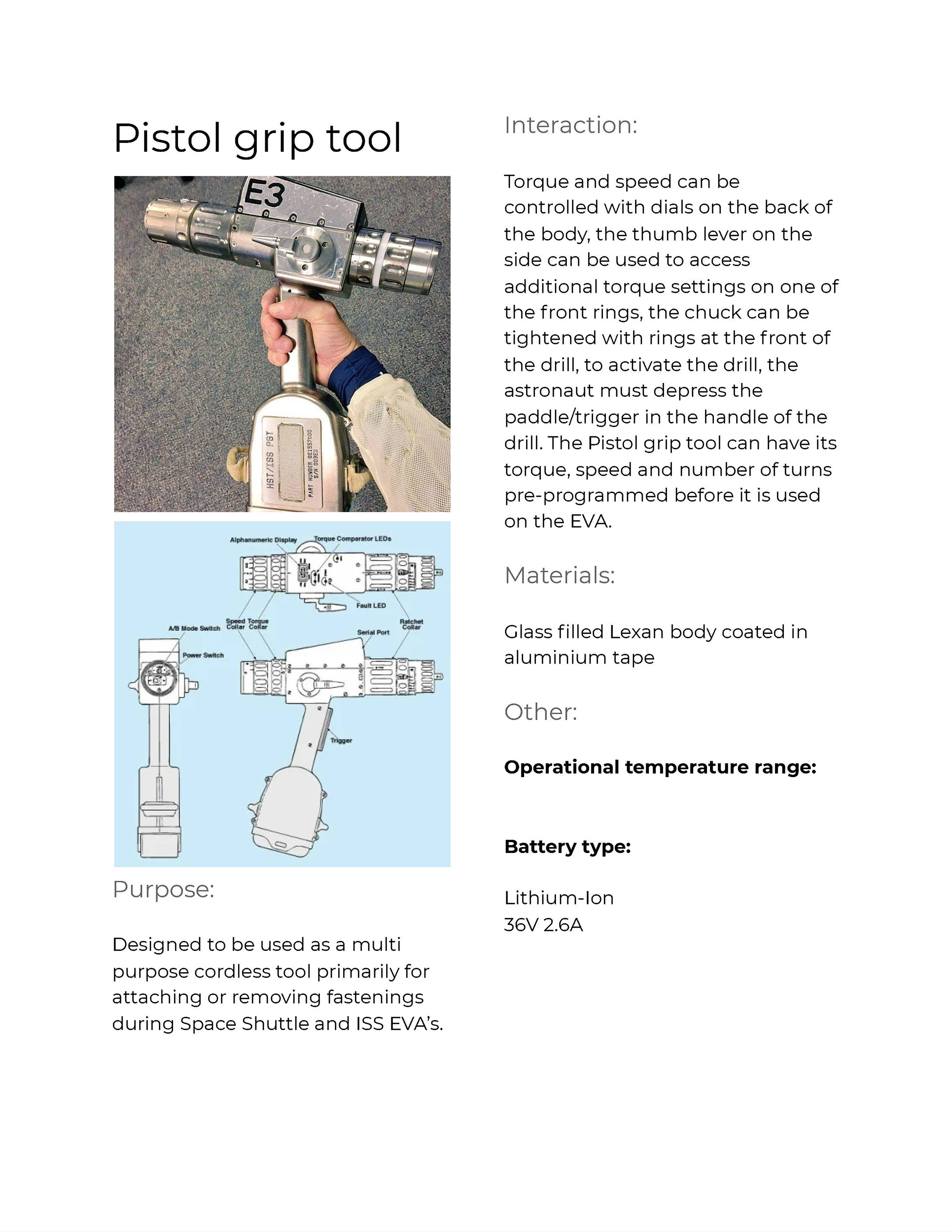
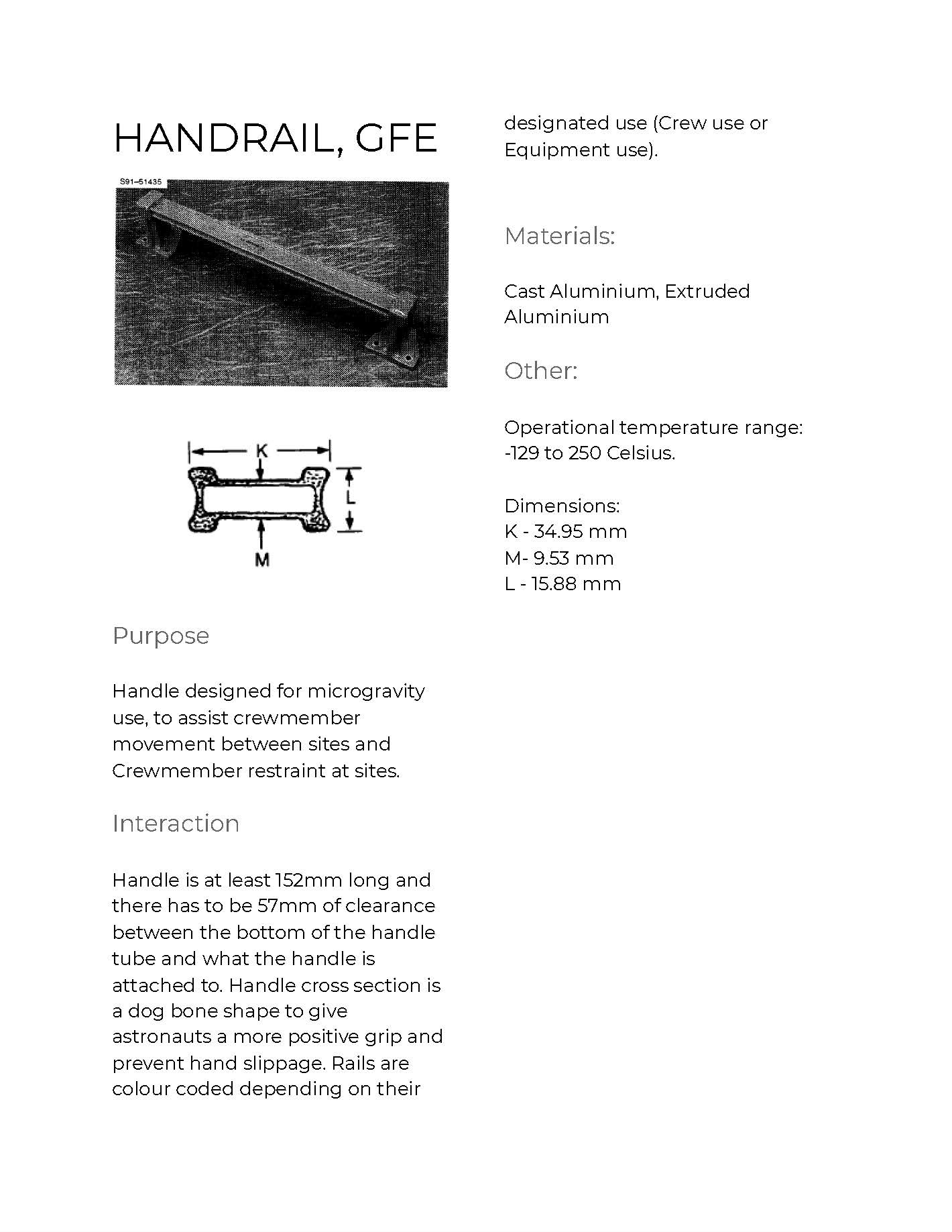
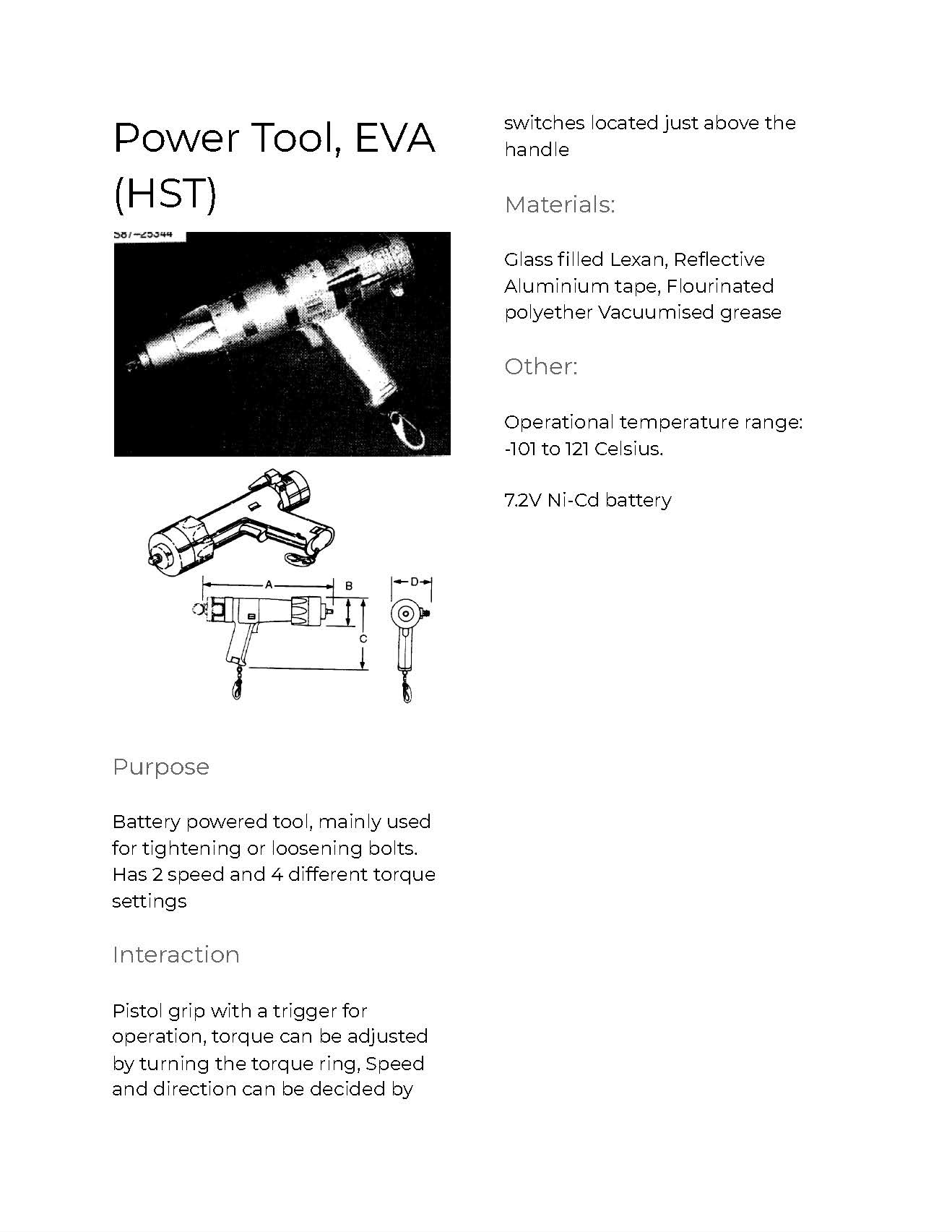
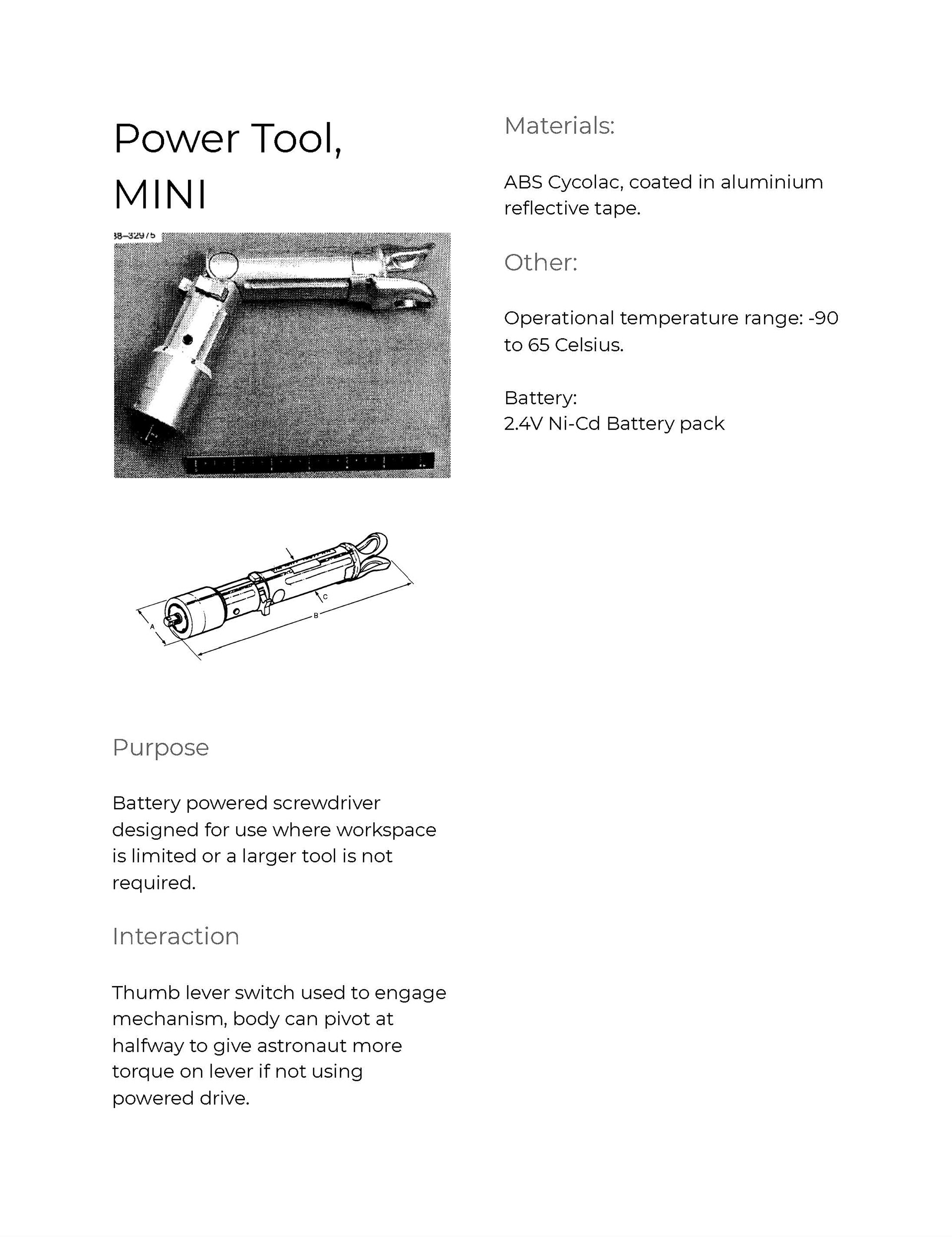
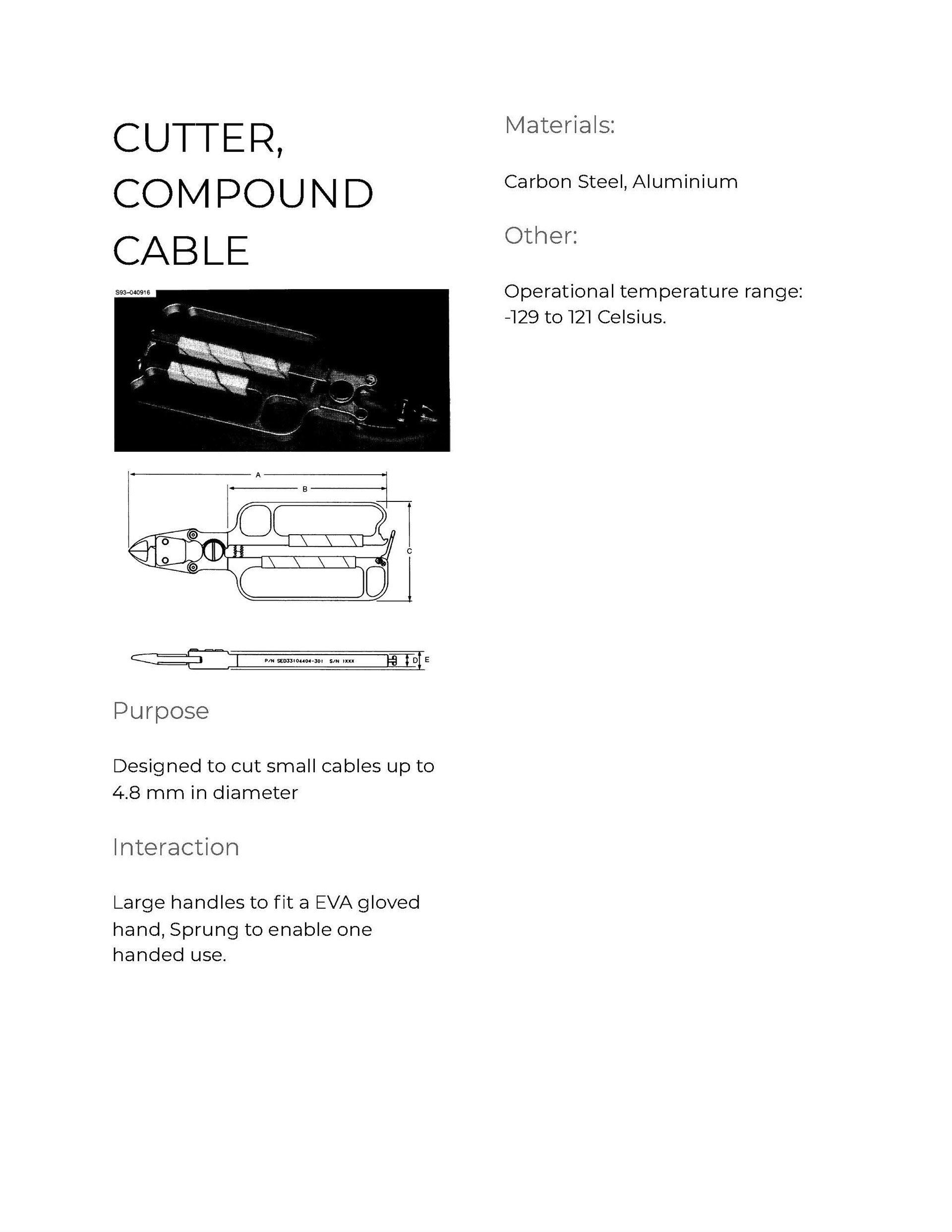
03
Brainstorming
Quick sketches brainstorming potential
solutions, including:
solutions, including:
- Modular system to save weight
- Automated drilling systems
- Grippless handle concepts to reduce fatigue
- Top-loading drill that reduces time spent drilling
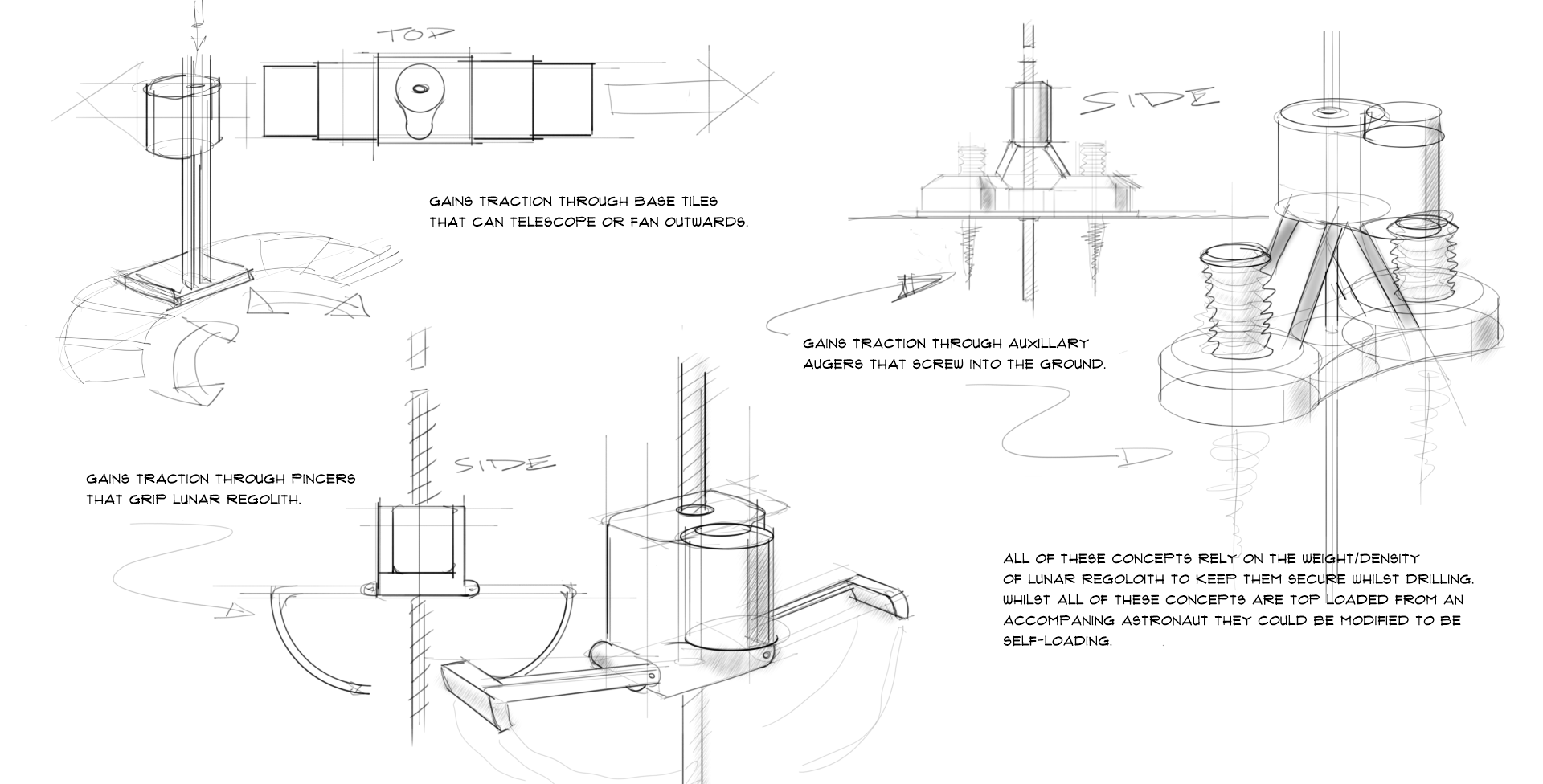
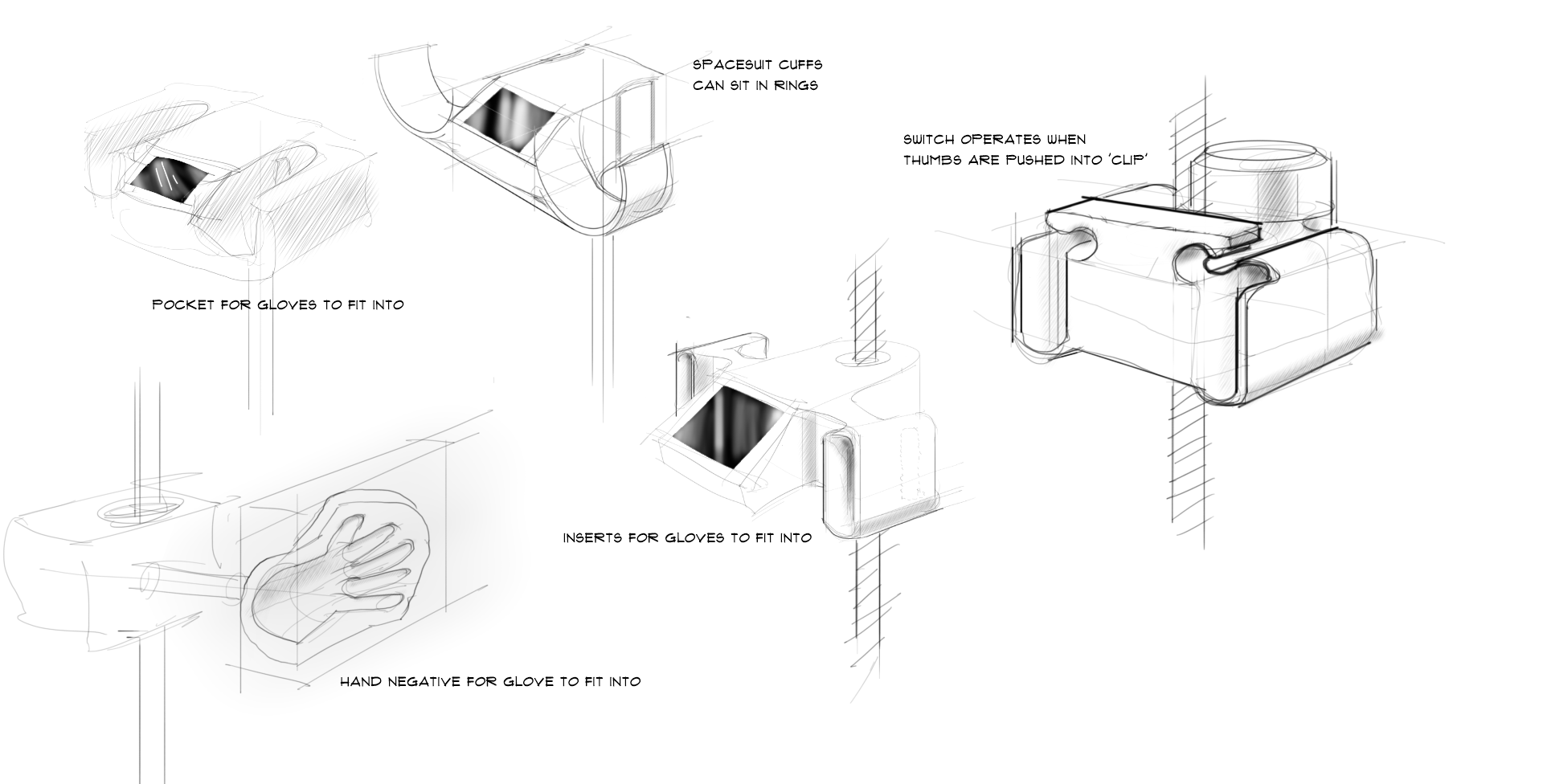
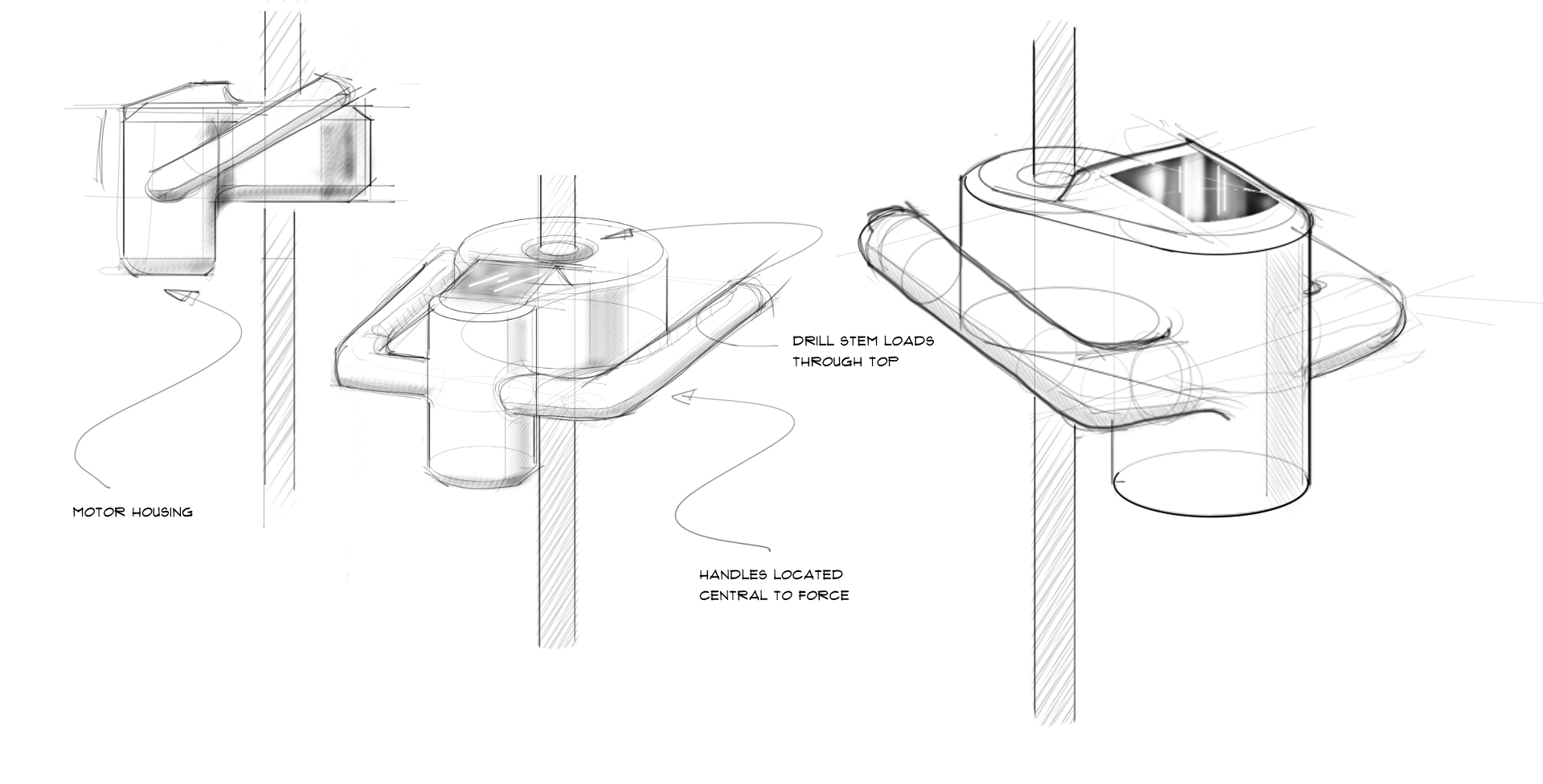
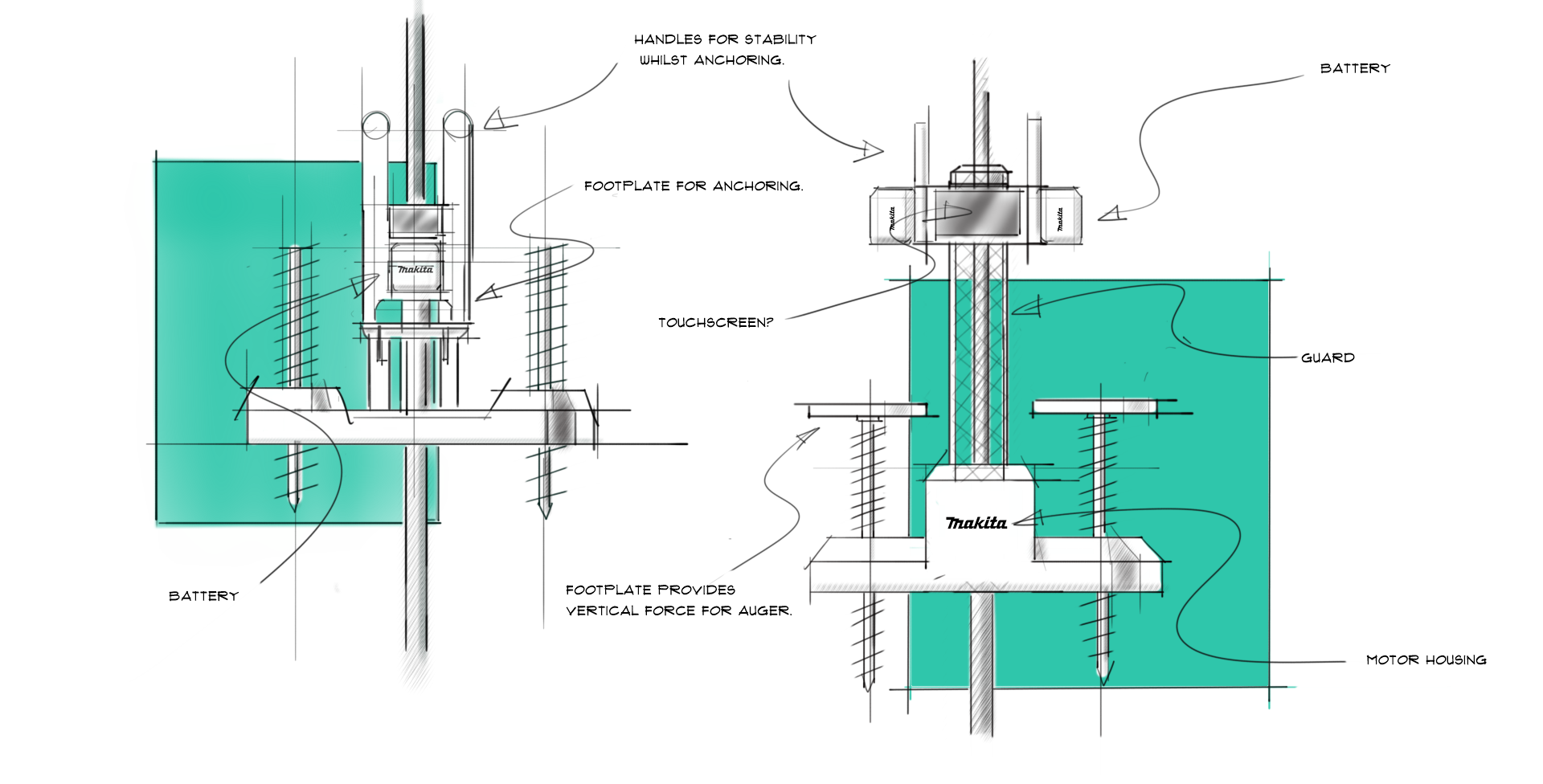
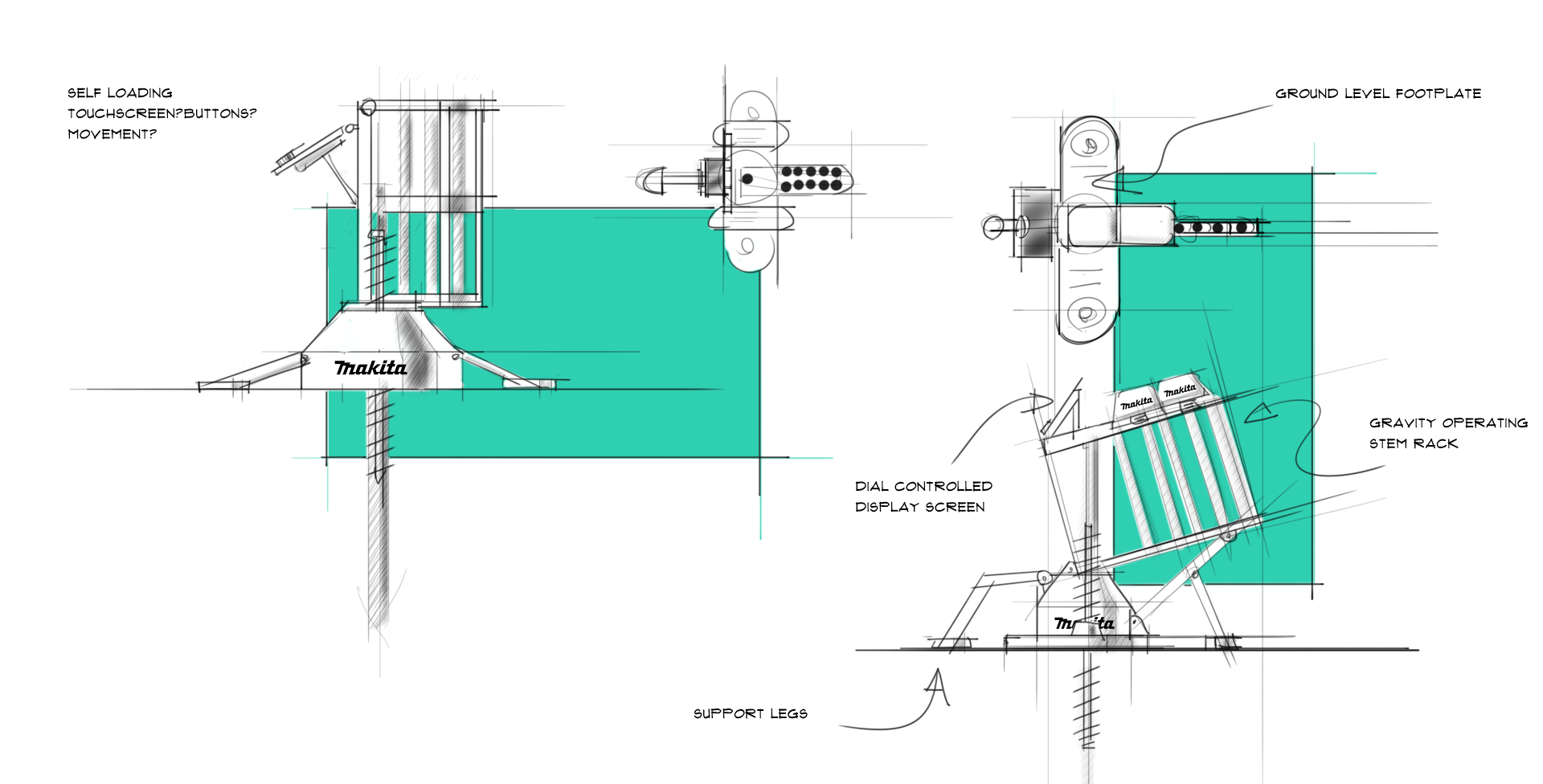
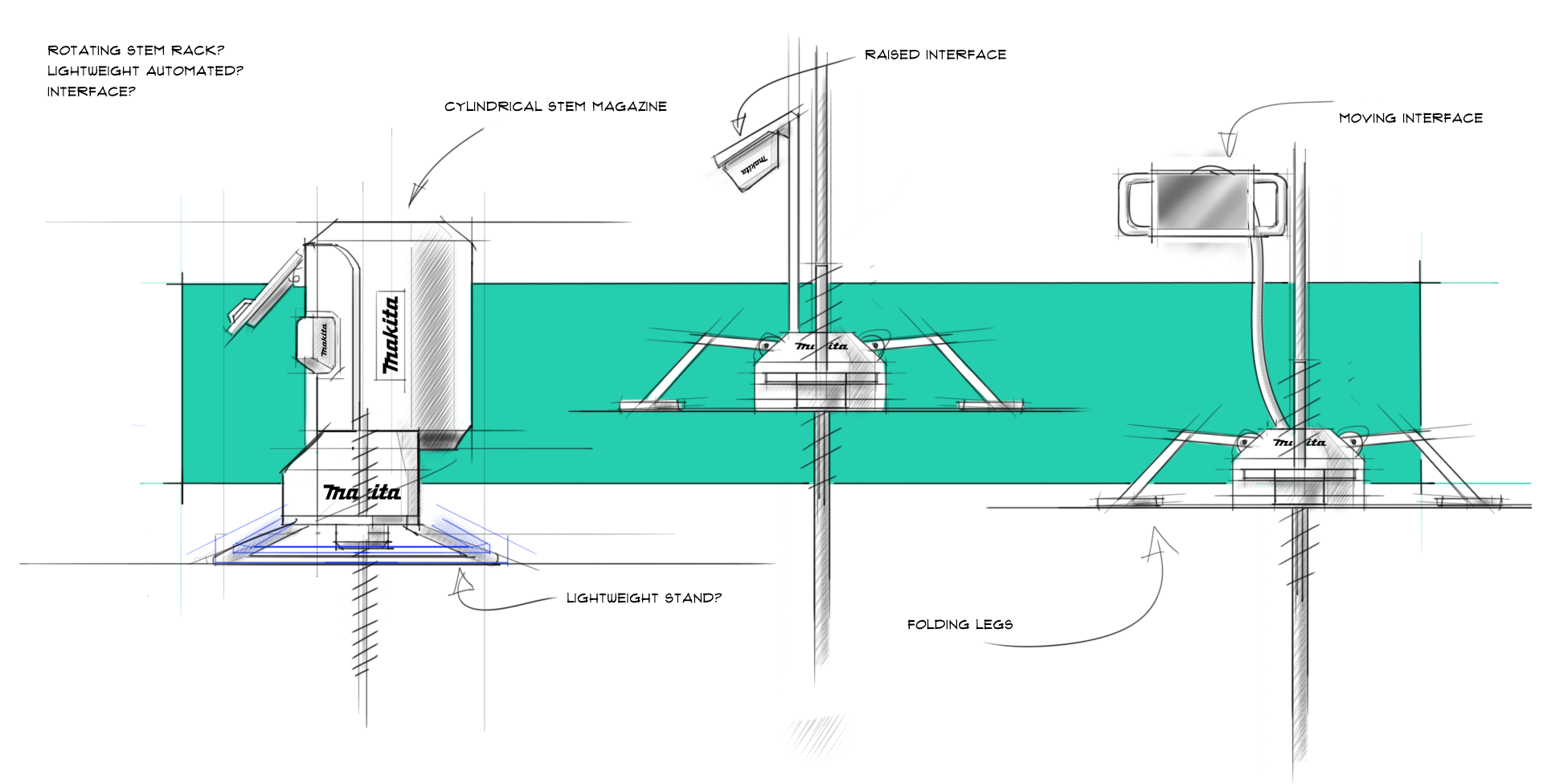
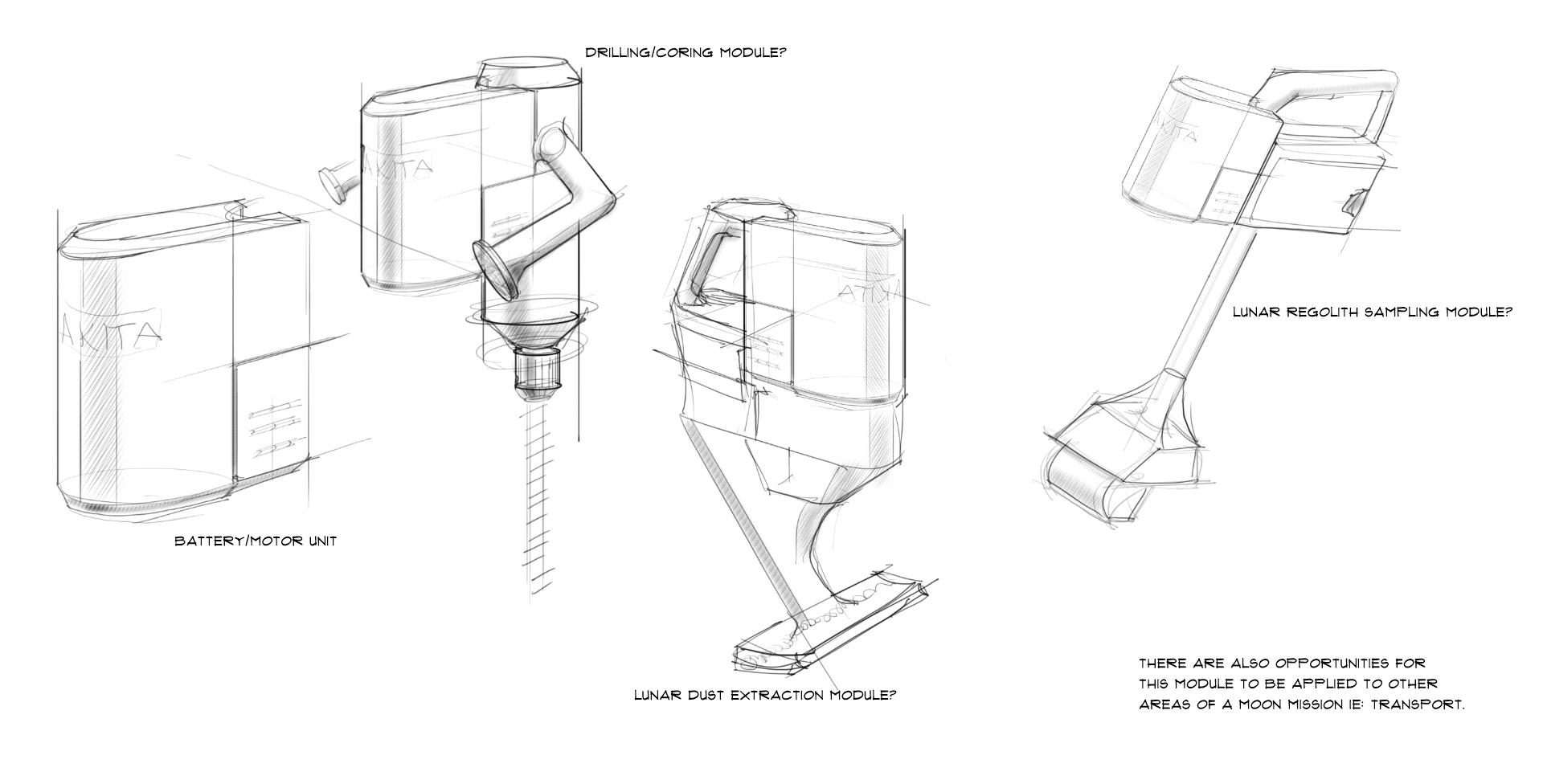
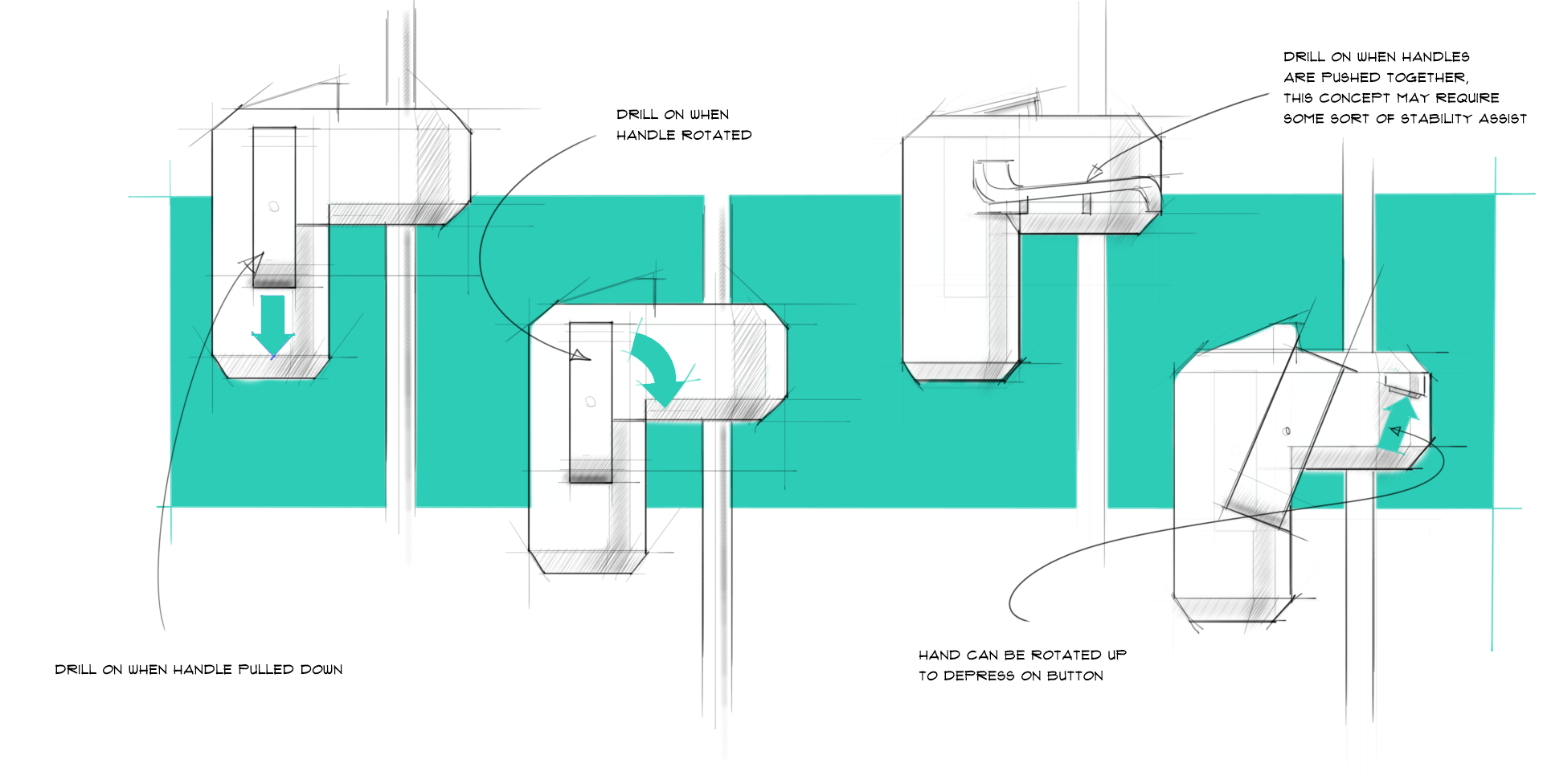
Quick sketch models based on previous ideas. Top loading drill stem idea was chosen to develop
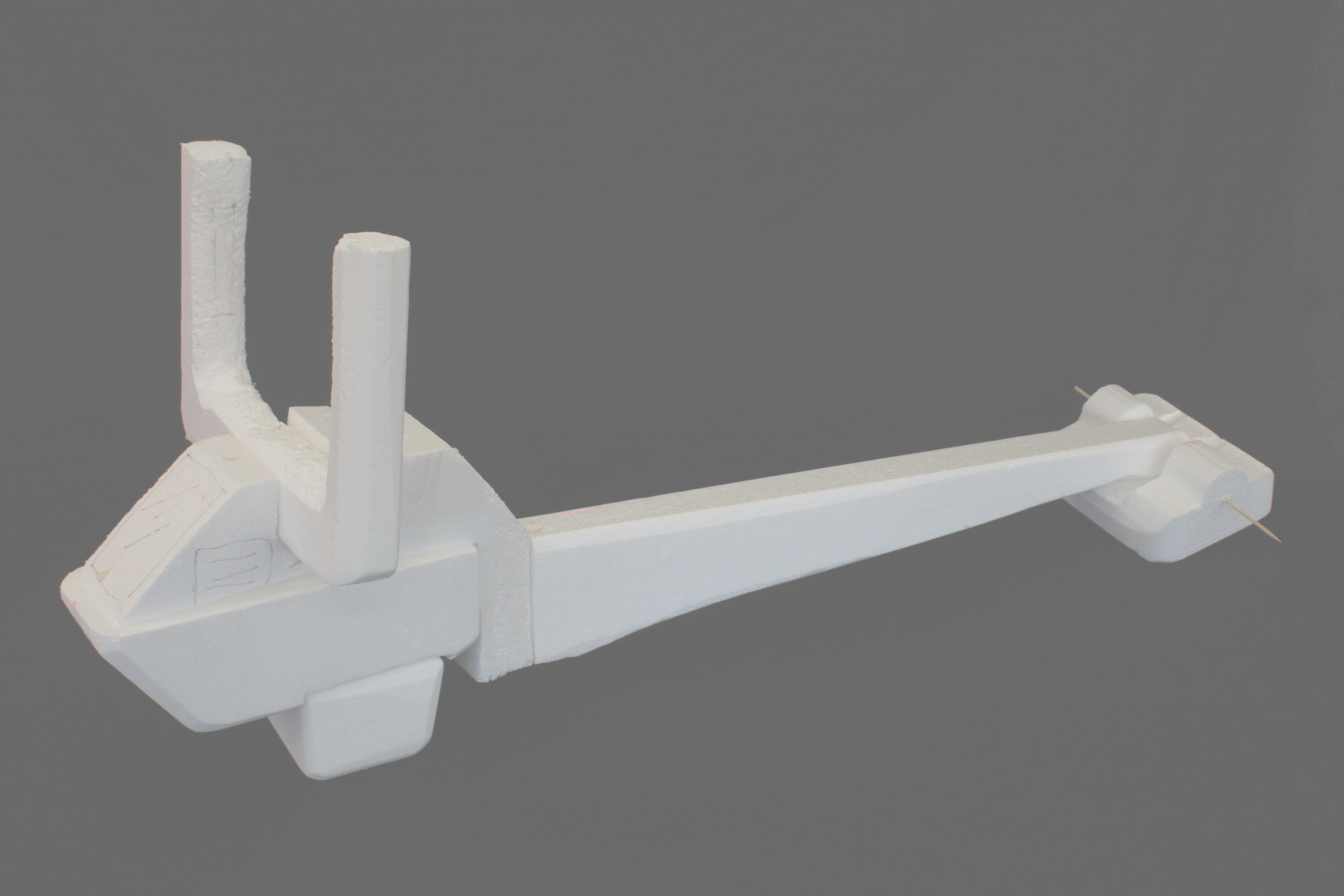
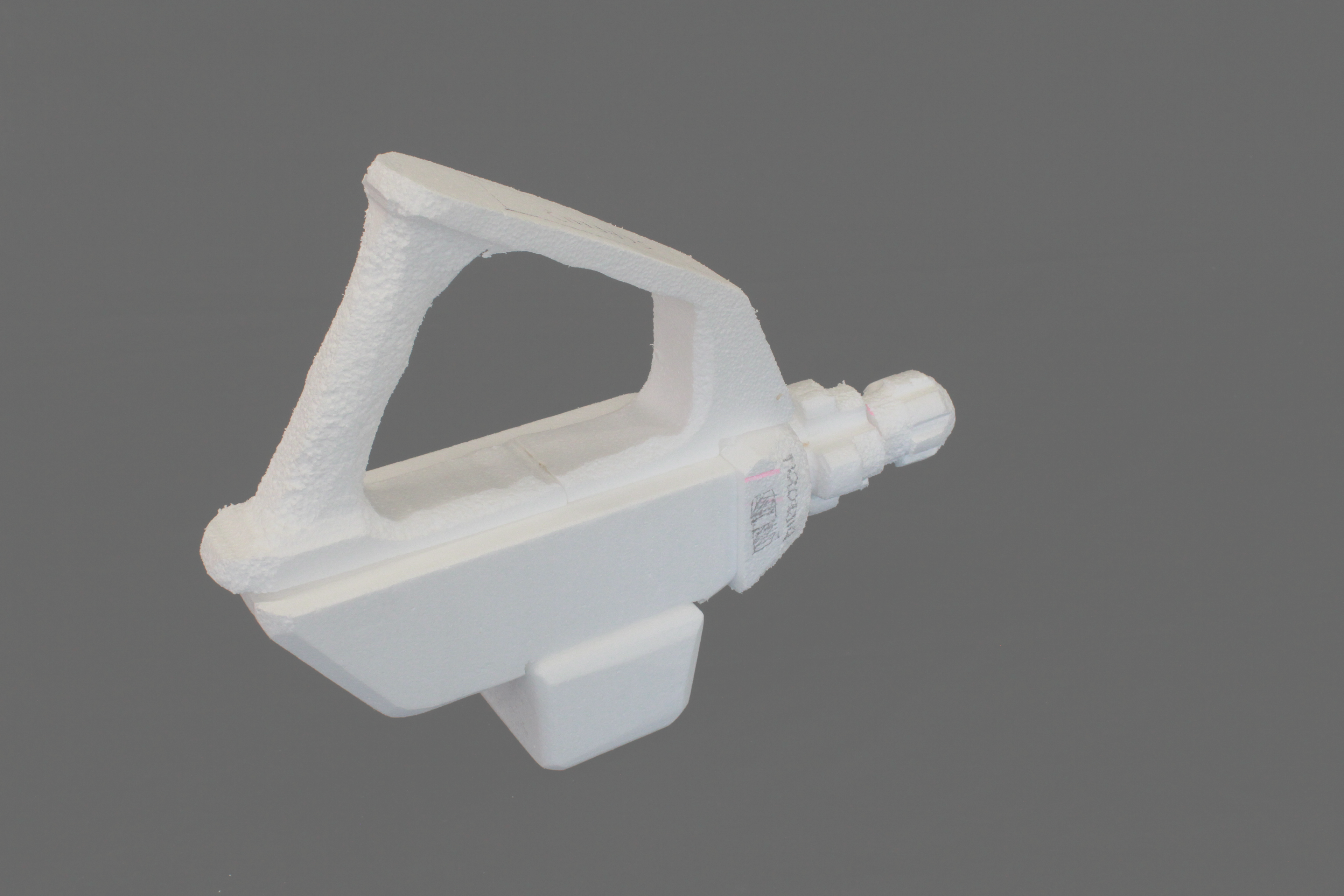
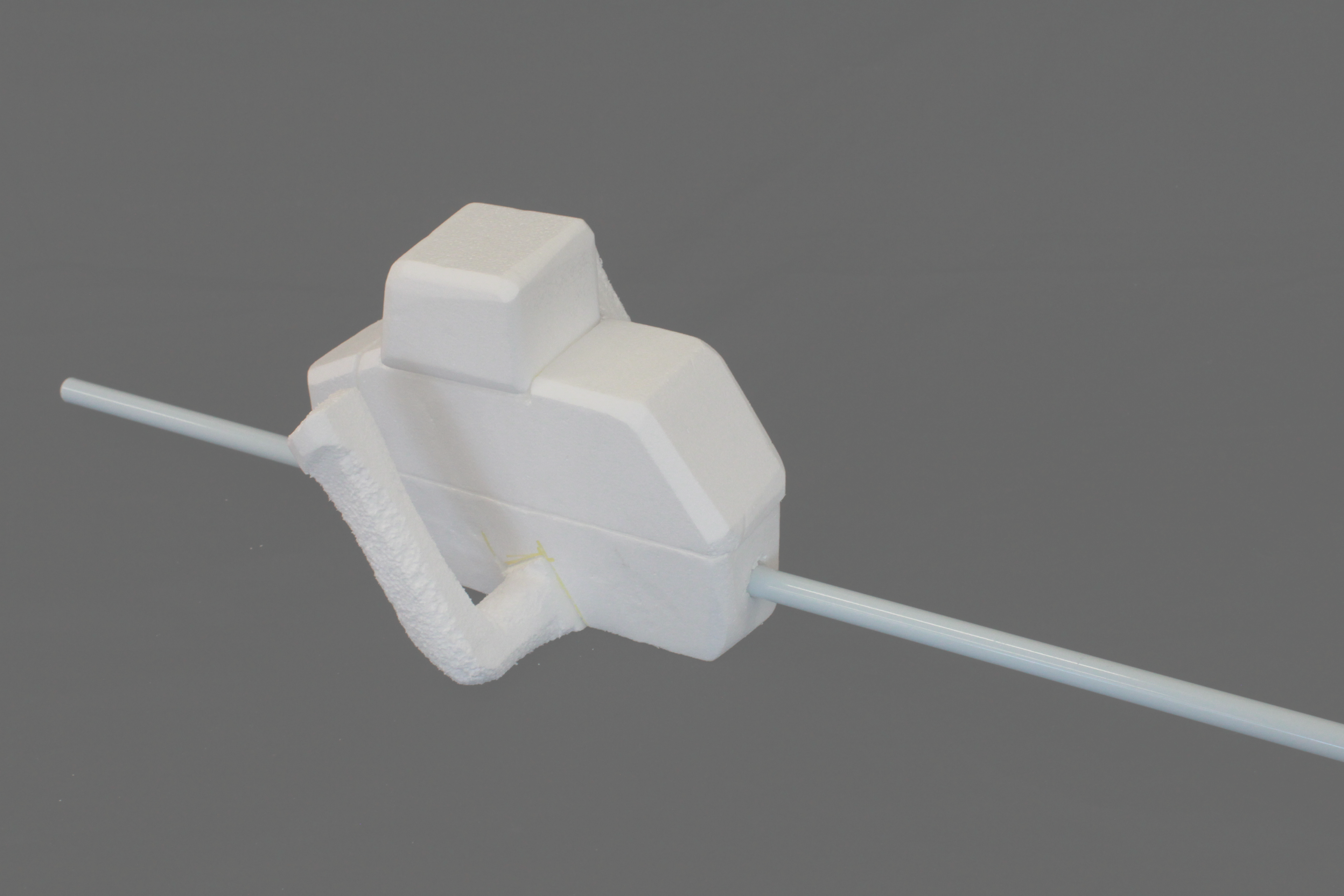
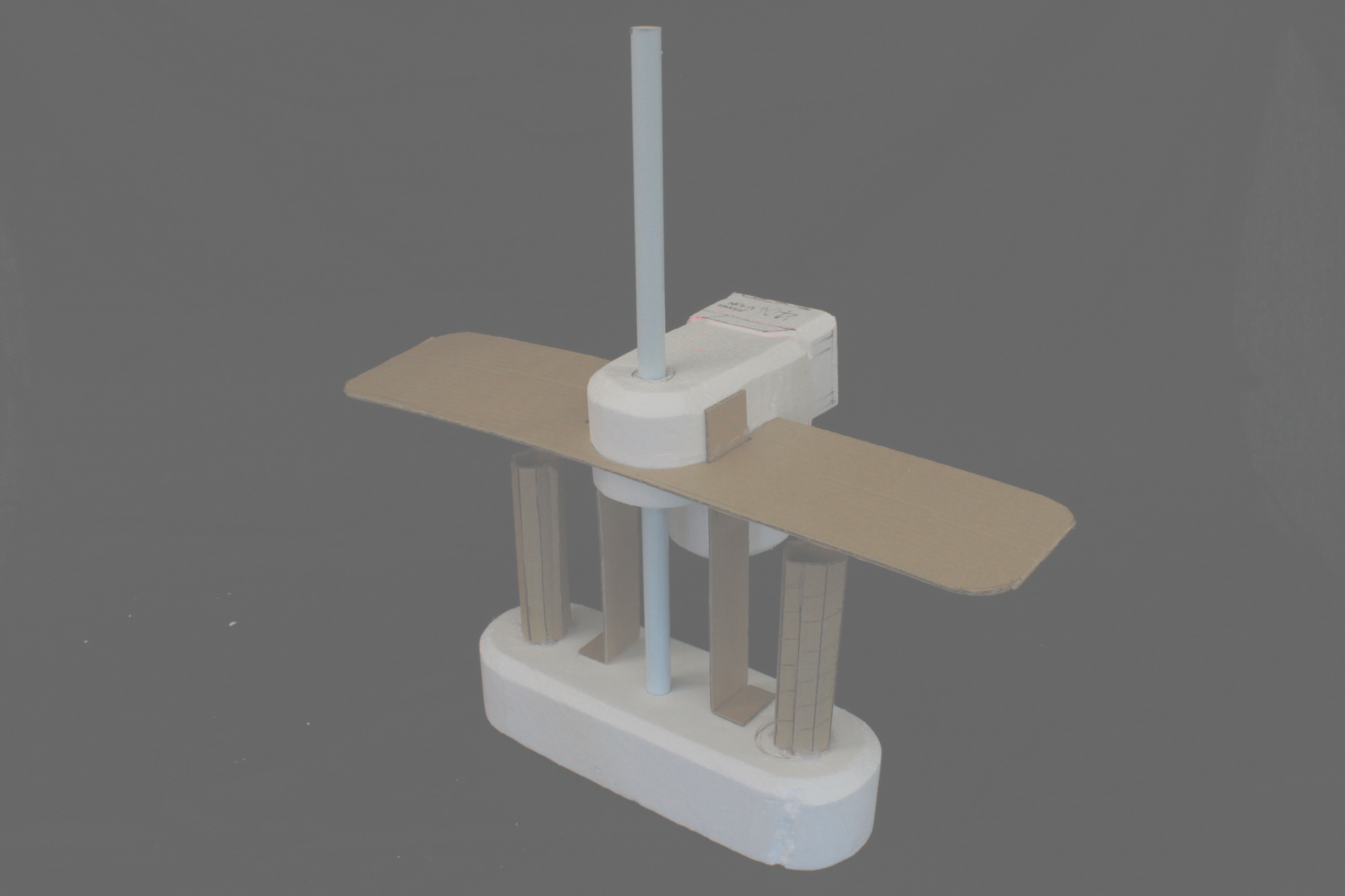
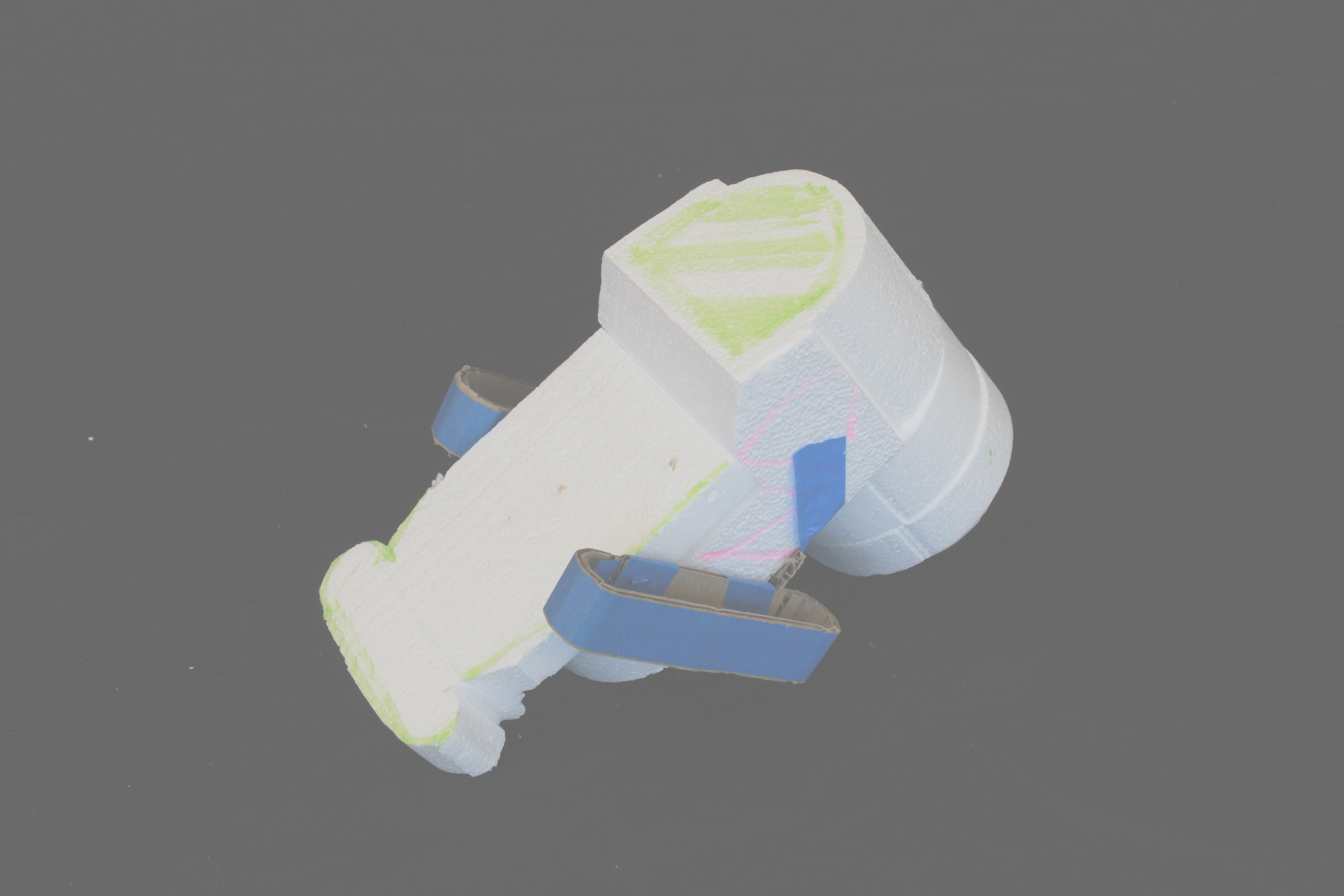
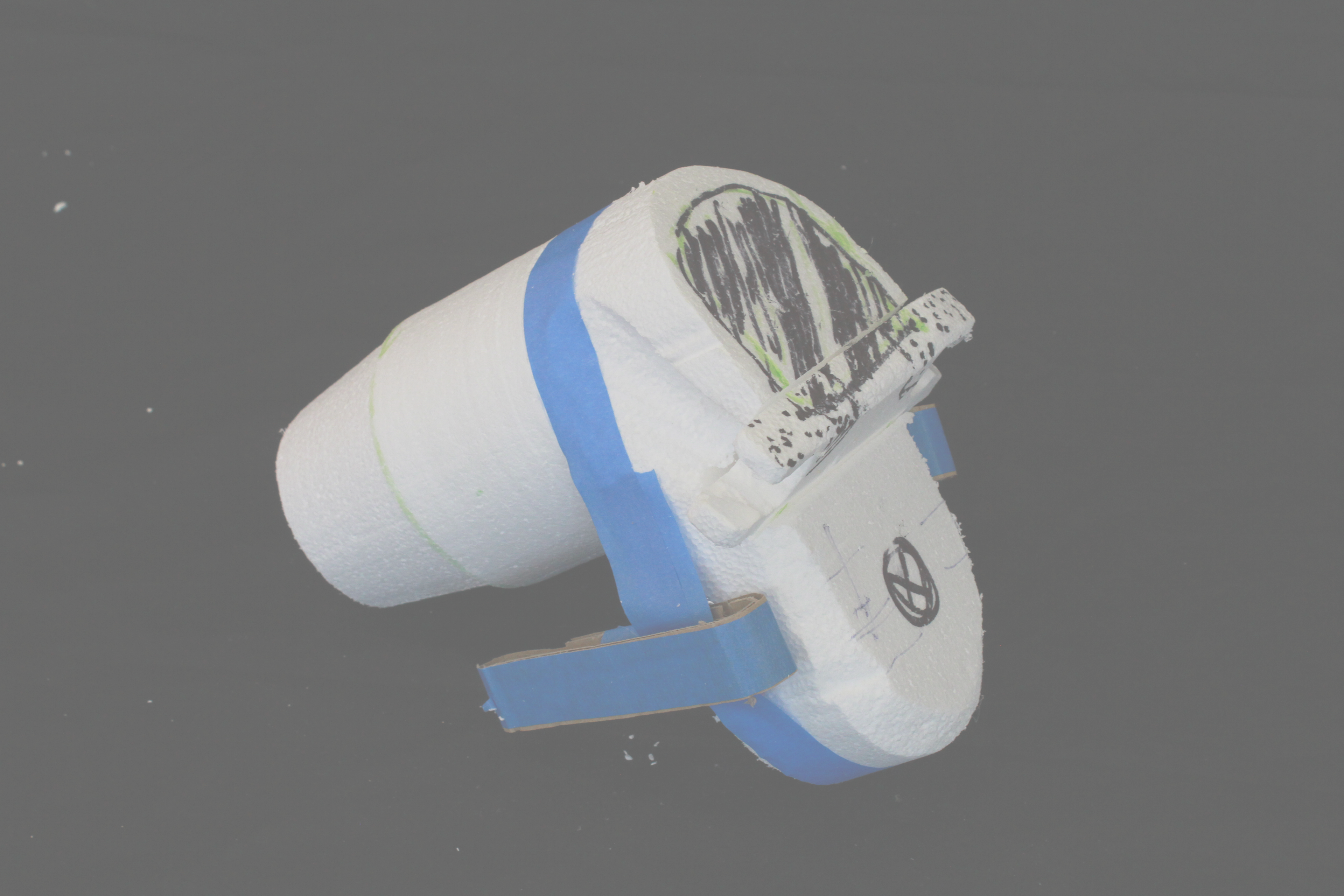
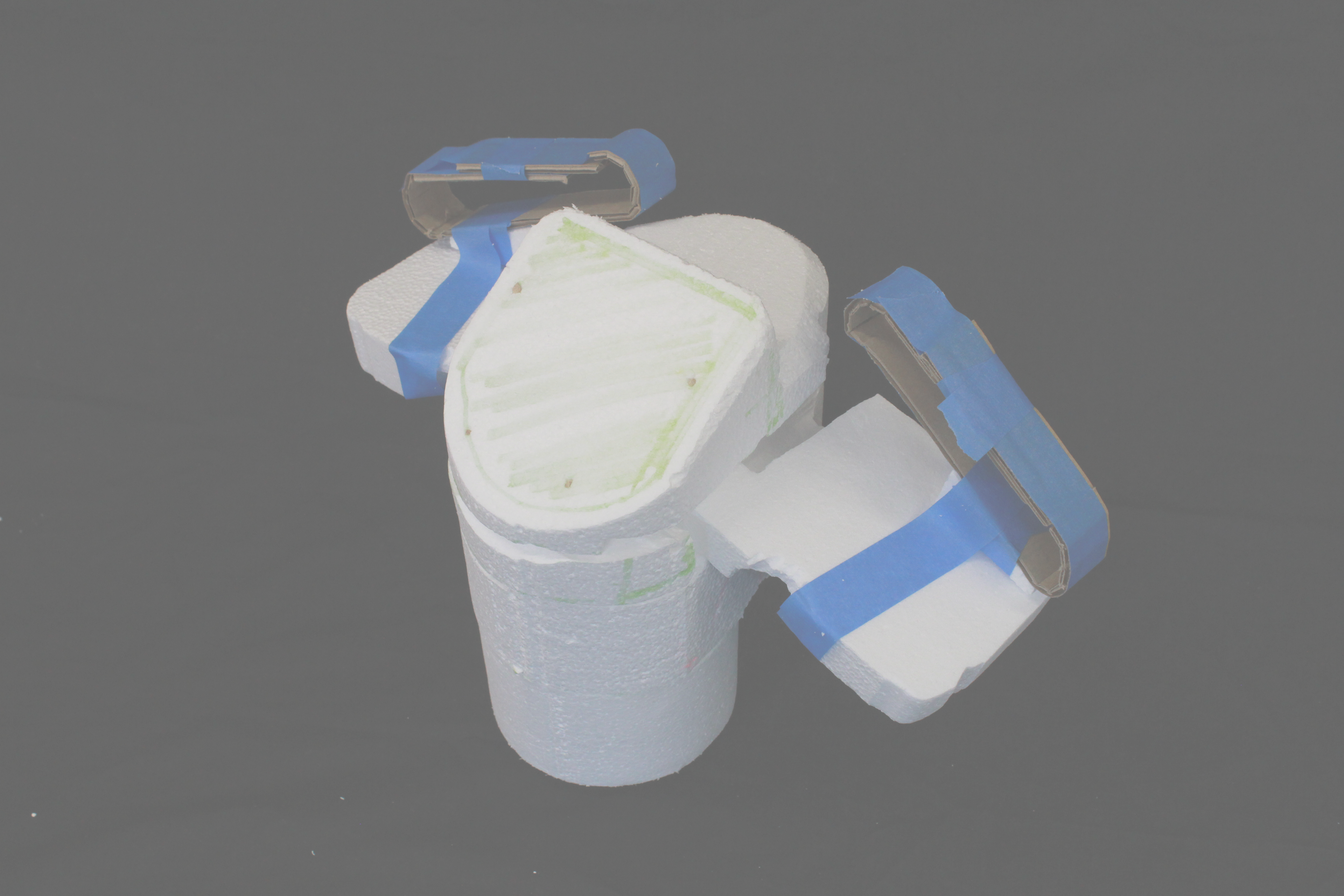
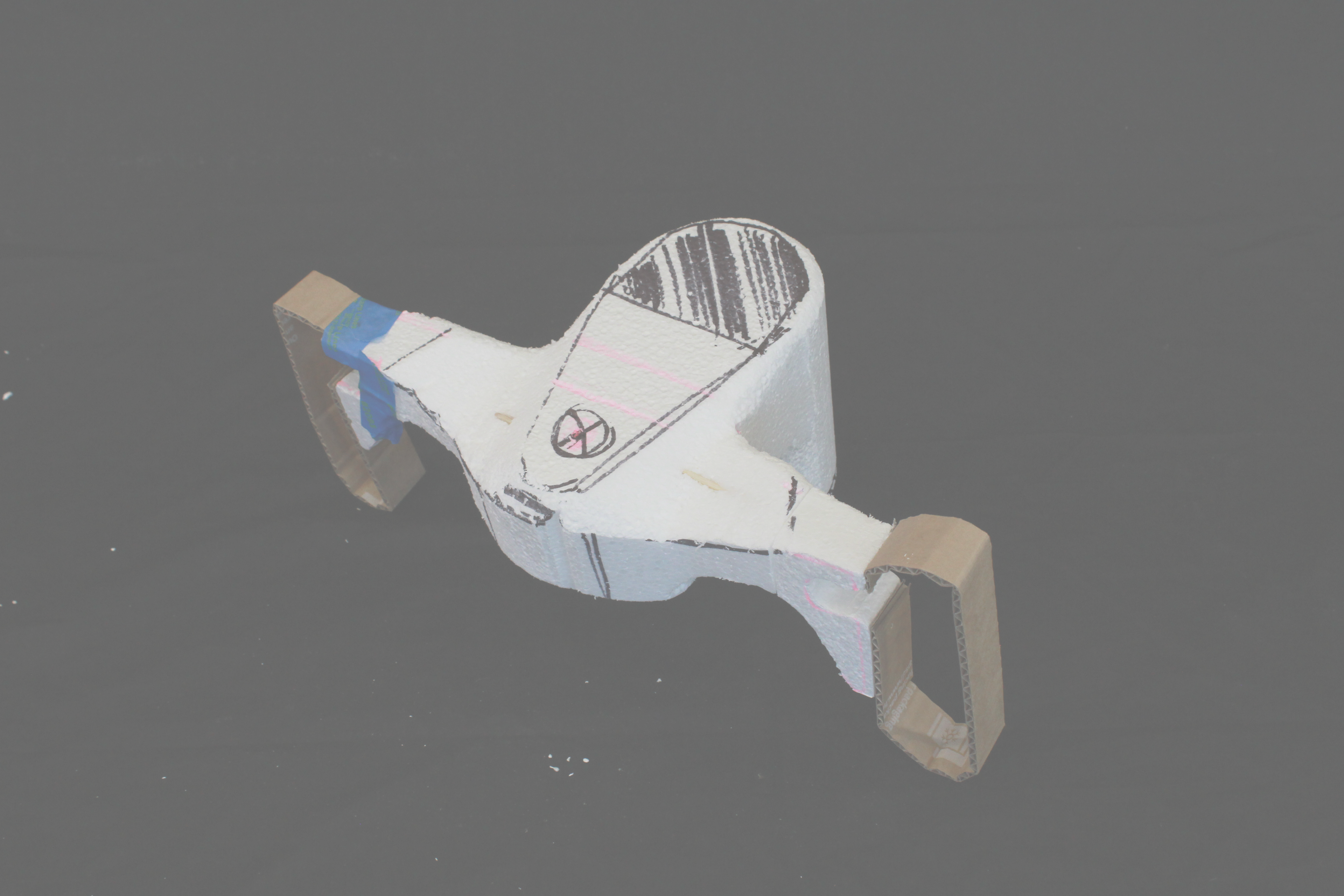
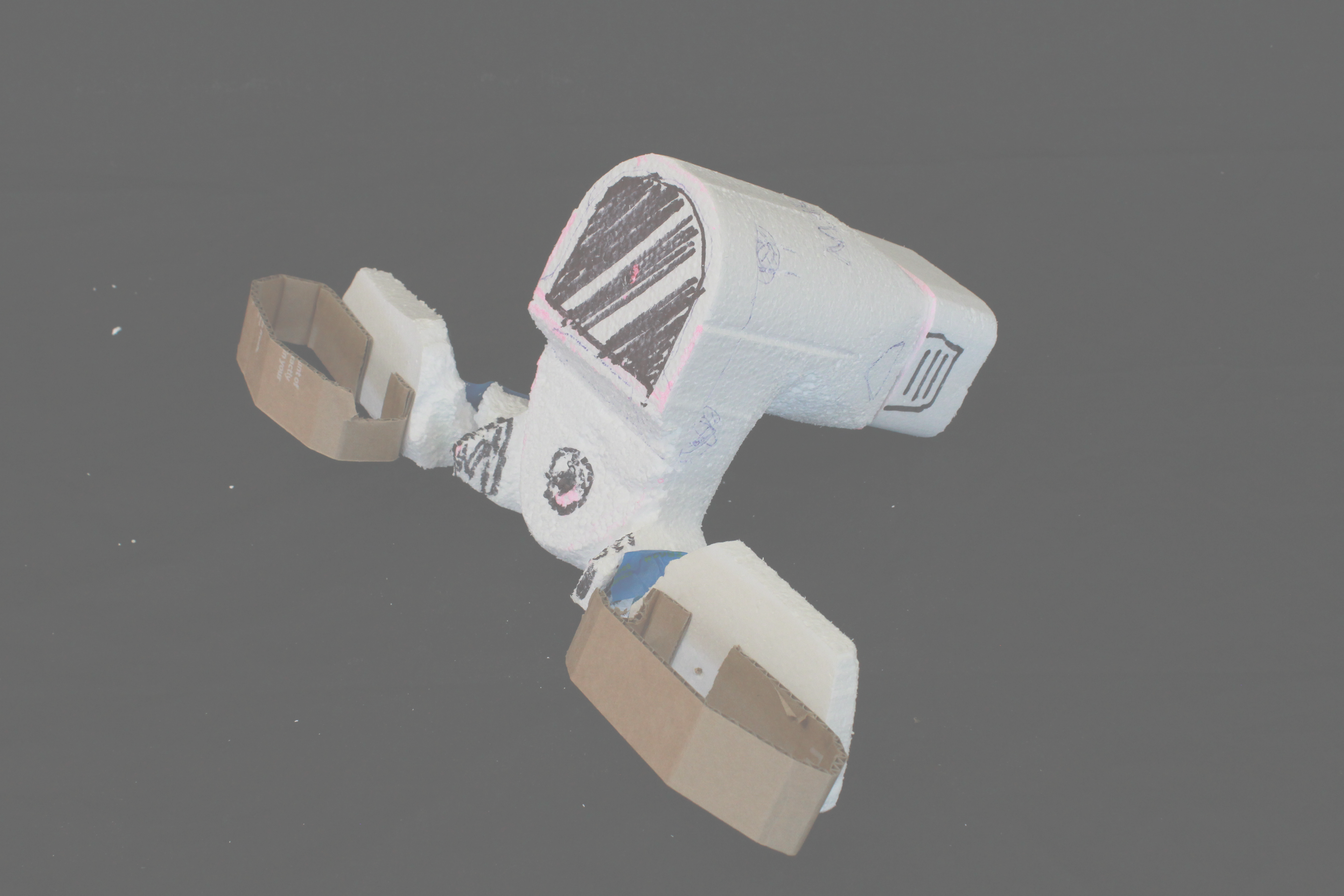
04
Ideation & Development
I realised that Mkaita already had a tool for conducting similar operations to my coring drill. I Drew a large amount of inspiration from this product during this
development phase.
development phase.
(Below shows the Makita Earth Auger in use as well as an annotated image explaining its key features).
Further ideation exploring how a hip brace could be incorporated into my selected idea
Photoshop visualisation of selected concept
Proof of concept sketch model
A series of models were made to determine the form, ergonomics for touchpoints, and incorporate elements seen on Makita products.
05
Final Design
The final design features a top-loading drill stem. This saves that astronaut from having to undo and retighten the chuck multiple times during operation, saving critical minutes during an EVA as well as reducing astronaut Fatigue.
(The right shows the final CAD model).
Operation overview
Outline of the key features
Storage room is at a premium during space missions, because of this the drill is designed so that it can be disassembled for storage and transport.
The battery is designed to hold enough charge for an entire spacewalk, hence a screw is used to secure it in place, ensuring it cannot be accidentally lost. If for some reason it is required to change batteries during an EVA the oversized screw ensures that this can be done.
06
1:1 scale model
Part of the brief for this project was to produce a scale model of the final design.
I constructed the model from CNC and manually machined high-density foam,
heat-bent acrylic, and 3d printed components.
heat-bent acrylic, and 3d printed components.
(Left and below show a dry fit of components prior to painting).
Completed model on display stand
The final product in-situ, designed to give Makita excellent marketing exposure whilst providing NASA astronauts with a practical, highly effective tool.
